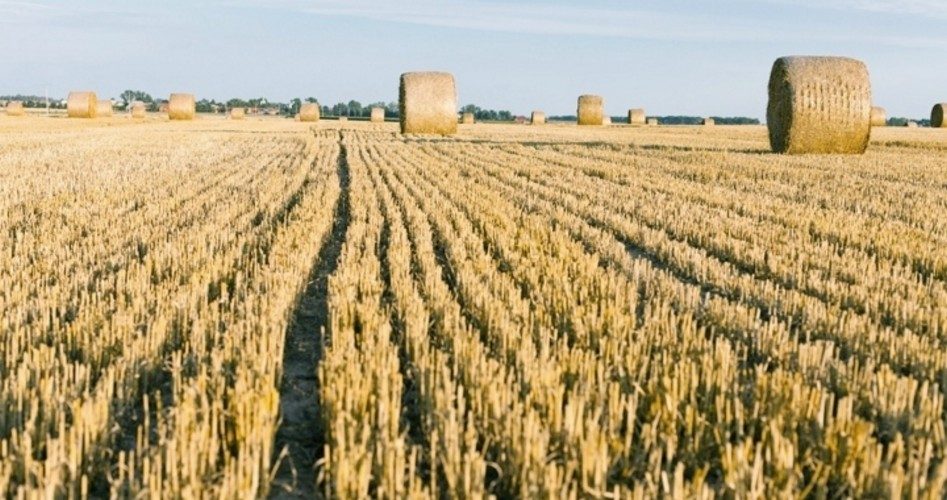
Food prices and availability have long been considered the ultimate barometer of political stability. When people cannot afford food or when there is a famine, either revolution or draconian oppression has often ensued. So when the World Bank announced that food prices had jumped by 10 percent in July, there is reason for concern. The price of corn and wheat leaped by a whopping 25 percent, and soybeans — an important food source in much of the Orient — rose 17 percent. The price of rice declined by four percent, offsetting somewhat the rise in other staple crops.
Jim Yong Kim, President of the World Bank Group, declared:
We cannot allow these historic price hikes to turn into a lifetime of perils as families take their children out of school and eat less nutritious food to compensate for the high prices. Countries must strengthen their targeted programs to ease the pressure on the most vulnerable population, and implement the right policies. Africa and the Middle East are particularly vulnerable, but so are people in other countries. However, negative factors — such as exporters pursuing panic policies, a severe El Nino, disappointing Southern hemisphere crops or strong increases in energy prices — could cause significant further grant price hikes as those experienced four years ago.
According to Reuters:
Finance ministers from the 21-member Asia Pacific Economic Cooperation (APEC) group issued a statement at their meeting on Thursday in Moscow urging countries “to avoid export bans” in response to food price concerns.
APEC member Russia imposed a temporary embargo on grain exports two years ago after crops failed.
The topic is certain to be discussed as APEC leaders meet in Vladivostok next week. The U.S. State Department has pointed to this meeting as a perfect opportunity for APEC members to work together and avoid hardship on the poor in Asian nations.
The rise in food prices, of course, also affects Americans, and U.S. food production has a significant impact upon the cost of food worldwide. Although the Obama administration has blamed the rising food prices upon the severe drought plaguing much of the nation this year, federal policies have been steadily pushing up the price of food for several years.
Much of the cost of producing food is the fuel used to run tractors, harvesters, and related high-efficiency types of equipment that are dramatic man-hour multipliers. Increasingly harsh federal environmental policies, plus the closing of much federal land to exploration and development of fossil fuels, have pushed the supply of energy down and its cost up.
The federal policy of diverting corn supplies to the production of ethanol has also been responsible for lessening the amount of corn available for consumption by humans and animals, while at the same time increasing its price.
Historically, government intervention has proved devastating to agriculture in other countries. For instance, in 1913, Russia was the largest exporter of wheat in the world. The Ukraine, with some of the richest farmlands on earth, was the breadbasket for much of Europe. A mere dozen years later, in the Holomodor (“killing by hunger”), the peacetime man-made famine in the Ukraine, millions were dying of starvation, and the productivity of the nation never fully recovered. Seed grain was consumed by the starving families of farmers rather than being sown in the fields. Farmers also slaughtered milk cows, both out of desperation and to deny the hated Bolsheviks the fruits of their labor.
On state farms, machinery routinely broke down with no one really interested in maintenance or repairs. Collectivization of agriculture, including the despoliation of the hardest working peasants, “Kulaks,” caused the Soviet Union to become a food-importing nation from its formal creation in 1922. Government’s production targets were always rosy while and actual production was inevitably weak. Moreover, because production managers were finished with their jobs when the grain was actually harvested, not when it was milled and sent to markets, much of the food rotted even as Soviet subjects went hungry.
The Soviet government, however, never acknowledged that the problem was the collectivist system, which deprived the ordinary farmer of a direct incentive in satisfying the needs of consumers. From 1970 to 1986, Soviet grain production actually dropped, and the nation had fewer livestock than in 1913.
The official Soviet explanation for why the breadbasket of the Old World routinely needed to import millions of tons of American, Canadian, and Australian grains was because of its “bad weather.” It is undeniably true that the drought and summer heat this year in the Northern hemisphere have caused some food shortages. Critics, however, contend that the cause of the current food shortages and price spikes is not bad weather but bad government.
Photo: hay rolls on harvest field via ShutterStock



